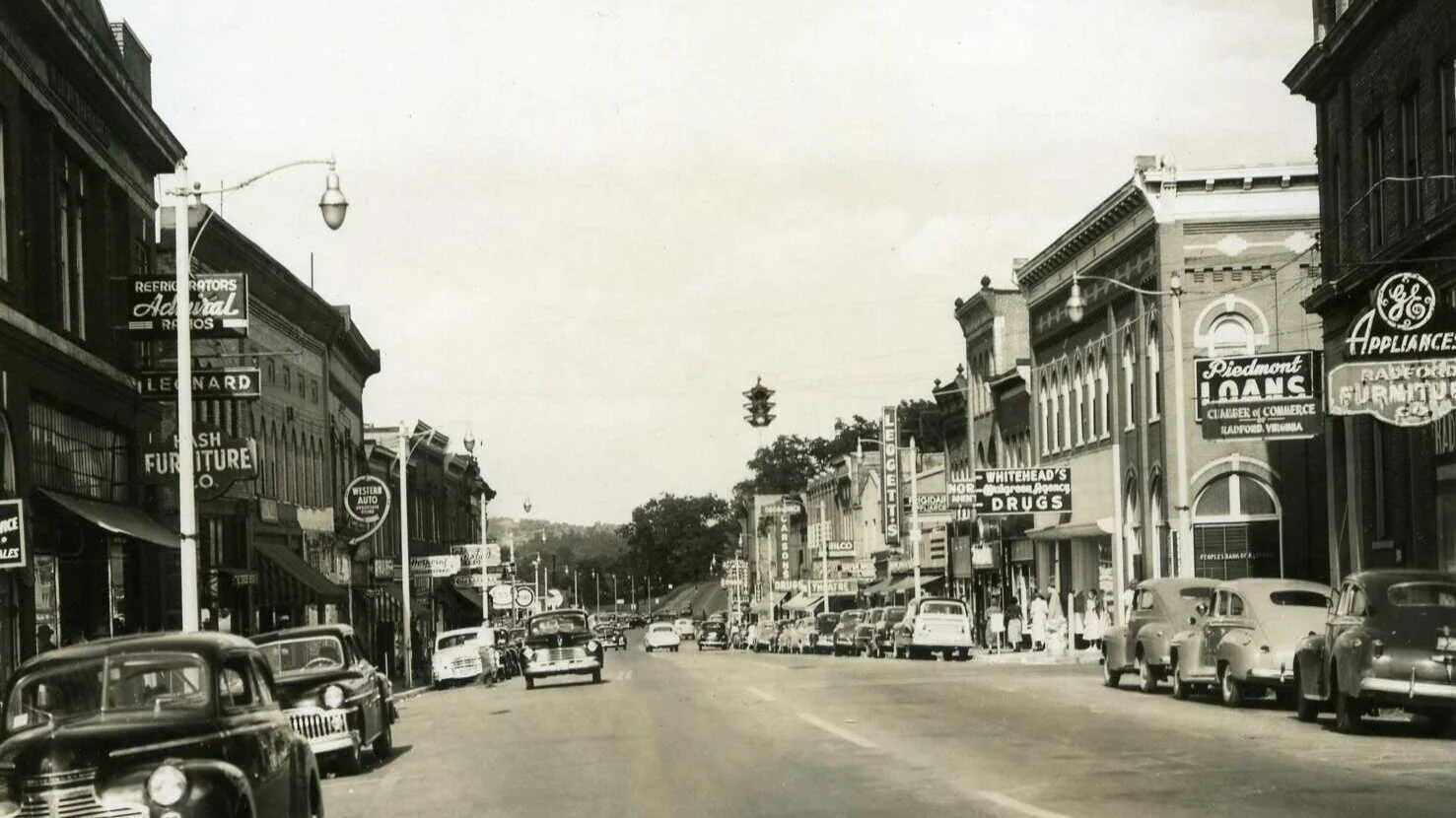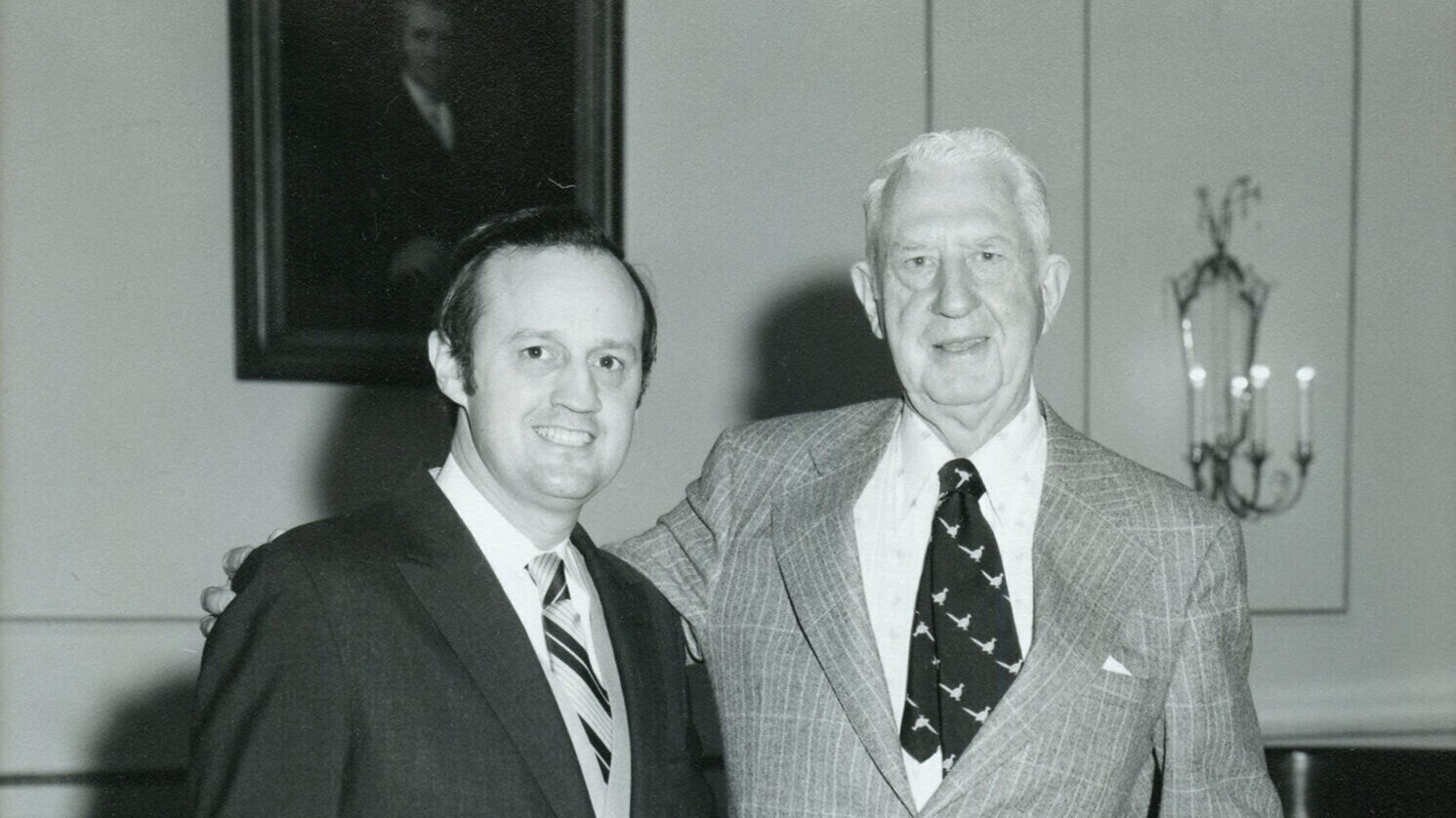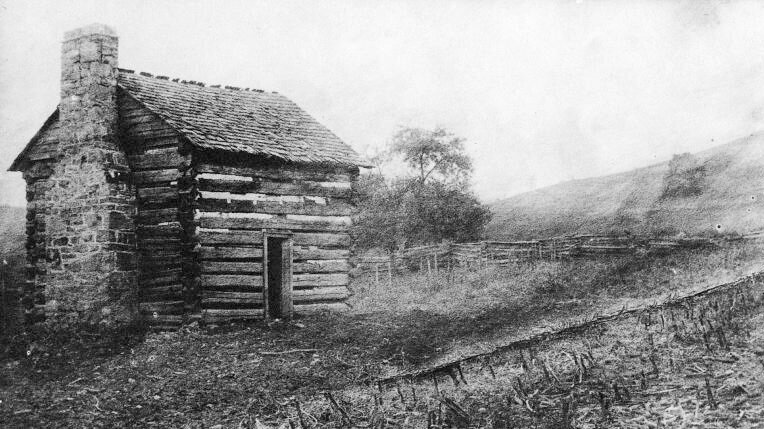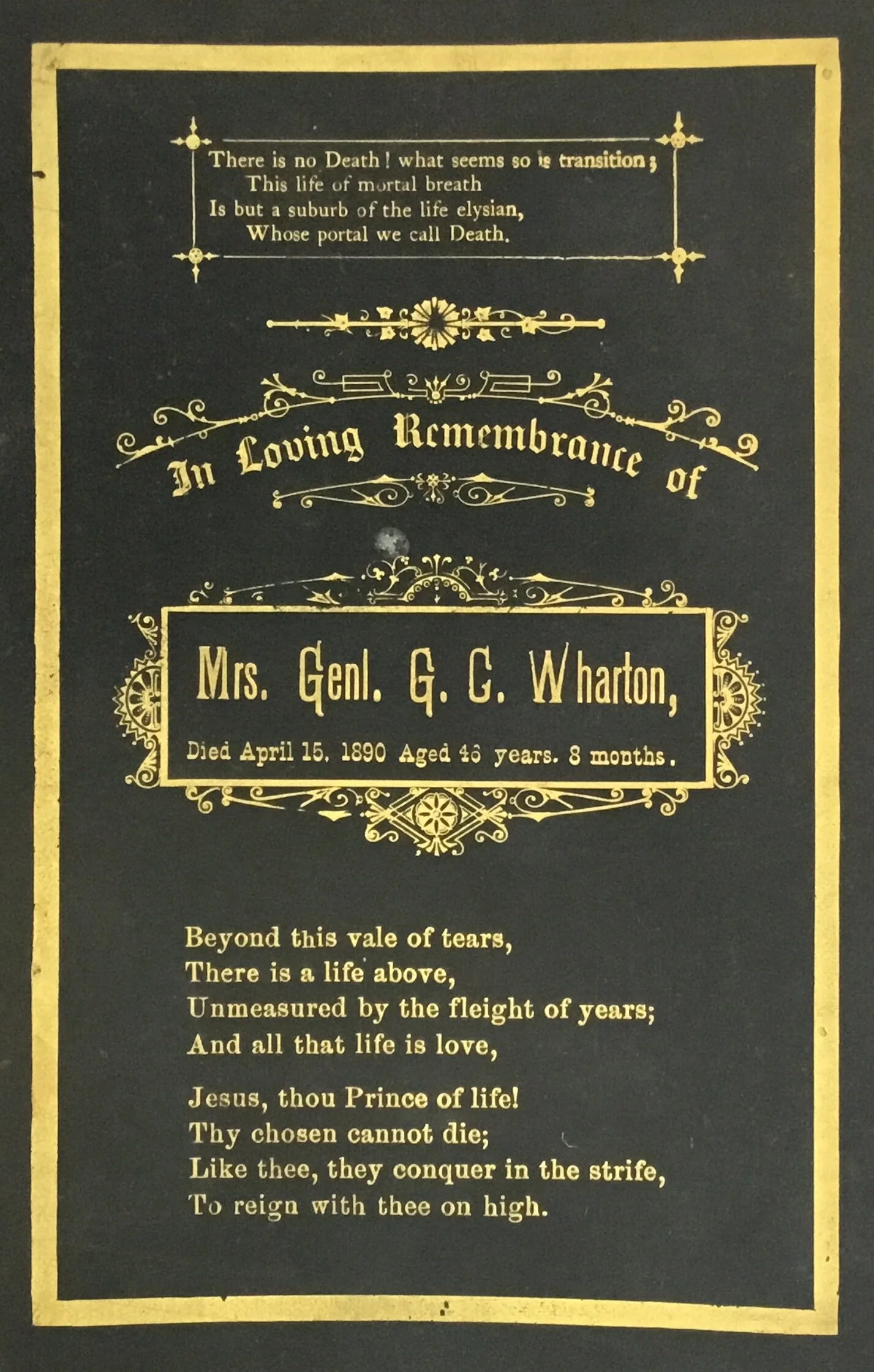History Exhibits
Glencoe Mansion allows you to explore the history of Radford and beyond from the early Native Americans to the present with engaging and informative exhibits. Special exhibits also highlight America’s past cultural history. The exhibits focus on Radford history and show that history in context with statewide, national and global events and forces. At Glencoe Mansion there is something for everyone to explore!


















